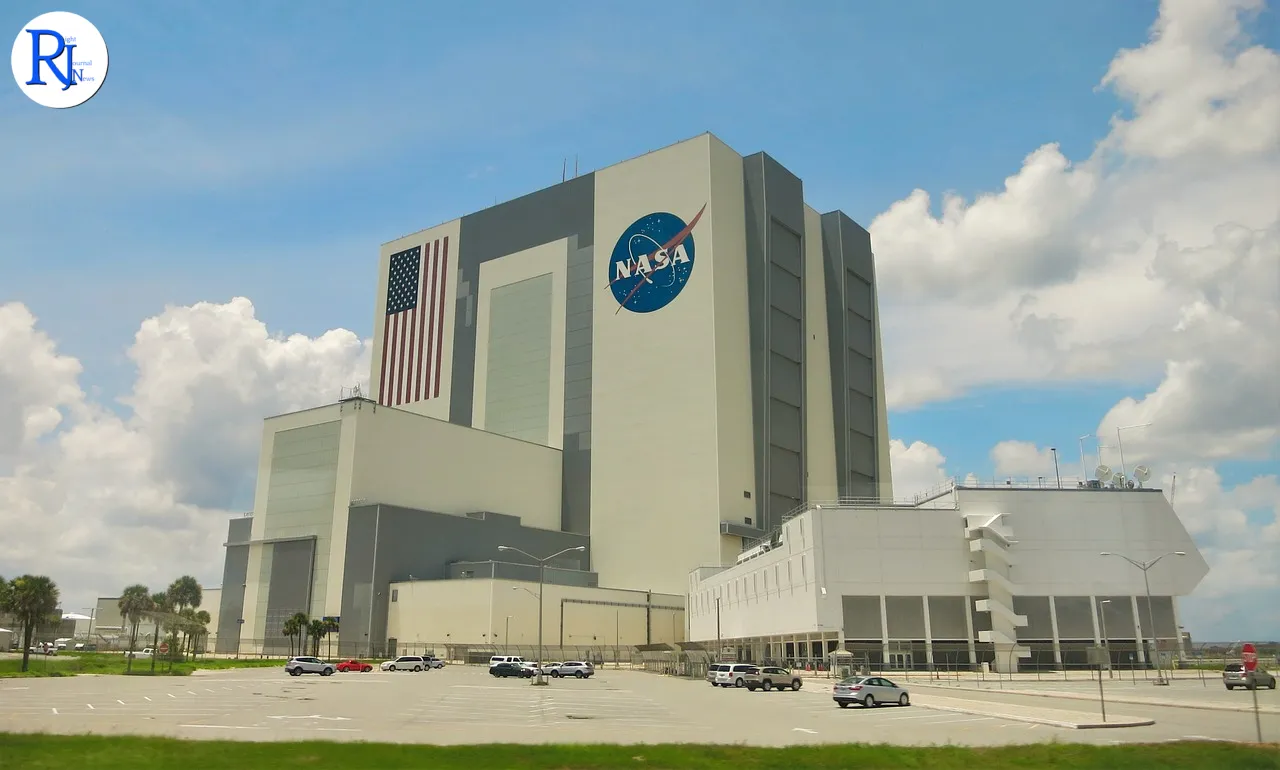NASA’s ambitious Artemis II mission, which aims to send astronauts around the Moon for the first time in over 50 years, is making significant strides towards launch readiness. With the successful integration of the core stage and twin boosters of the Space Launch System (SLS), the mission is on track to meet its anticipated launch schedule. This development marks a crucial step in NASA’s broader goal of returning humans to the lunar surface as part of the Artemis programme.
The assembly took place at NASA’s Kennedy Space Center in Florida, where engineers meticulously joined the core stage with the SLS’s solid rocket boosters. This milestone underscores the agency’s commitment to advancing human space exploration and sets the stage for further testing and preparation.

A Milestone in Space Exploration
The Artemis II mission is poised to become a historic event in space exploration. Scheduled for launch in 2025, it will be the first crewed mission to the Moon since Apollo 17 in 1972. The mission aims to pave the way for future lunar explorations and establish a sustainable human presence on the Moon by the end of the decade.
NASA Administrator Bill Nelson expressed optimism about the progress. “The successful integration of the core stage and boosters is a testament to the hard work and dedication of our teams,” he said. “We are closer than ever to seeing Artemis II take flight, marking a new era in human spaceflight.”
Technical Achievements and Challenges
The Space Launch System, touted as the most powerful rocket ever built, is central to NASA’s lunar ambitions. The core stage, measuring 212 feet, is equipped with four RS-25 engines that will provide the necessary thrust to propel the spacecraft beyond Earth’s orbit. The twin boosters add an extra layer of power, ensuring the rocket can carry the Orion spacecraft and its crew safely to lunar orbit.
Despite the recent success, the Artemis programme has faced its share of challenges. Technical delays, budget constraints, and supply chain issues have tested the resilience of NASA’s teams. However, the agency remains steadfast in its mission, addressing these hurdles with innovative solutions and strategic partnerships.
The Role of International Collaboration
International collaboration plays a pivotal role in the Artemis programme. NASA has partnered with space agencies from Europe, Canada, and Japan to enhance the mission’s capabilities and scientific output. The European Space Agency (ESA) has contributed the Orion service module, which provides power, propulsion, and life support systems for the crew.
Philippe Berthe, ESA’s programme manager for the Orion service module, highlighted the importance of this collaboration. “Working together, we are pushing the boundaries of space exploration,” he remarked. “Our partnership with NASA exemplifies the spirit of international cooperation in achieving common goals.”
Preparing for Future Lunar Missions
As preparations for Artemis II continue, NASA is already looking ahead to Artemis III, which aims to land astronauts on the lunar surface. This mission will be a critical step towards establishing a sustainable human presence on the Moon, with plans to explore the lunar South Pole, a region rich in water ice and other resources.
The Artemis programme’s long-term vision includes constructing the Lunar Gateway, a space station orbiting the Moon that will serve as a hub for exploration and research. This infrastructure will enable more extended missions and facilitate scientific discoveries that could benefit life on Earth.
Public and Scientific Impact
The Artemis II mission has captured the imagination of people worldwide, inspiring a new generation of scientists, engineers, and space enthusiasts. The mission’s success could reignite interest in space exploration, leading to increased investment in science and technology education.
The scientific community eagerly anticipates the data that Artemis II and subsequent missions will provide. From studying the Moon’s geology to understanding its potential as a resource, the insights gained could have far-reaching implications for future space exploration and Earth’s sustainability.
As NASA continues to prepare for Artemis II, the world watches with anticipation. The mission represents not only a technical achievement but also a testament to human curiosity and the enduring quest to explore the unknown. With each step closer to launch, NASA reaffirms its commitment to leading humanity into a new era of exploration and discovery.

